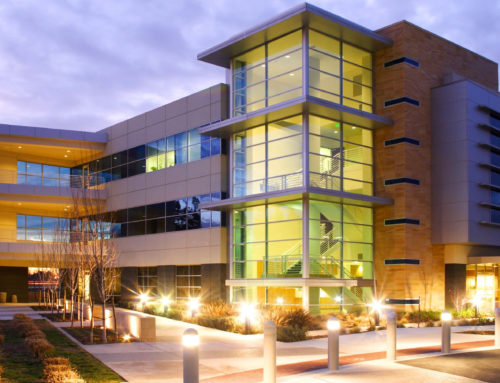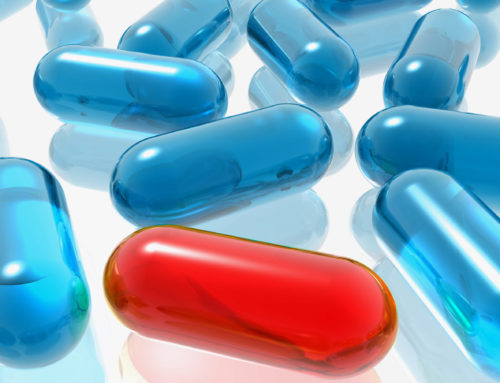Able to provide hospitals and health care systems with improved patient safety capabilities, assistance with asset tracking and a tool for achieving clinical compliance, real-time location systems (RTLS) have been named by many as one of the most beneficial, sought-after technologies in the health care industry (aside from / after EHRs, that is). This technology, in combination with patient flow or bed management solutions, can track the location of different entities in real time, as the name suggests — medical devices, equipment, clinical staff and even patients themselves — as well as can track length of exposure of these entities amongst each other.
With the ability to track patients, assets and staff in a facility over time, applying analytics to the collected data has enabled many health organizations to optimize and improve their workflows, as well as increase patient safety measures and meet compliance requirements of AORN, JCAHO and the CDC.
Though there are many, just some of the areas that stand to benefit from this technology in the realm of patient safety are:
Locating equipment for maintenance and cleaning: Having the ability to identify the location of equipment that is due for routine maintenance or cleaning is critical to ensuring the safety of patients. RTLS is capable of providing alerts on equipment to staff.
Locating equipment for clinical care: One hospital spent two months on a benchmarking analysis and found that it took on average 22 minutes to find an infusion pump. After the implementation of RTLS, it took on average of two minutes to find a pump. This cuts down on lag time in care and can help ensure that clinicians can have the tools and equipment they need, when the patient needs it.
Outbreak detection / disease surveillance: RTLS technology can determine each and every staff member who could have potentially been in contact with a patient classified as highly contagious or with a specific condition.
Hand hygiene compliance: Many health systems are reporting hand hygiene compliance 24 hours a day. Some use “look-out” staff to walk the halls and record all hand hygiene actives. However, with the introduction of RTLS to dynamically track and report on hand hygiene protocol compliance, many of the systems that are available today are also providing active alters to the clinicians whenever they enter a patient’s room and haven’t complied with the hand hygiene guidelines.
There are many areas that RTLS solutions can improve in the health care setting, ranging from patient safety, staff productivity and asset management, as well as equipment maintenance and workflow improvement. While there are several different hardware options to choose from, and technologies ranging from Wifi to IR/RF, this technology has been showing real value and savings that health care IT and supply chain executives alike can’t ignore.
-Posted by Reda Chouffani on March 18, 2012 on TechTarget.com


